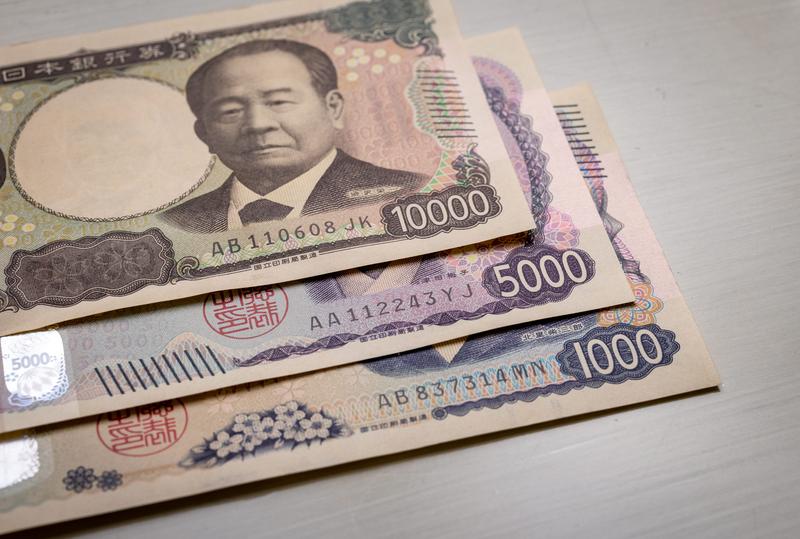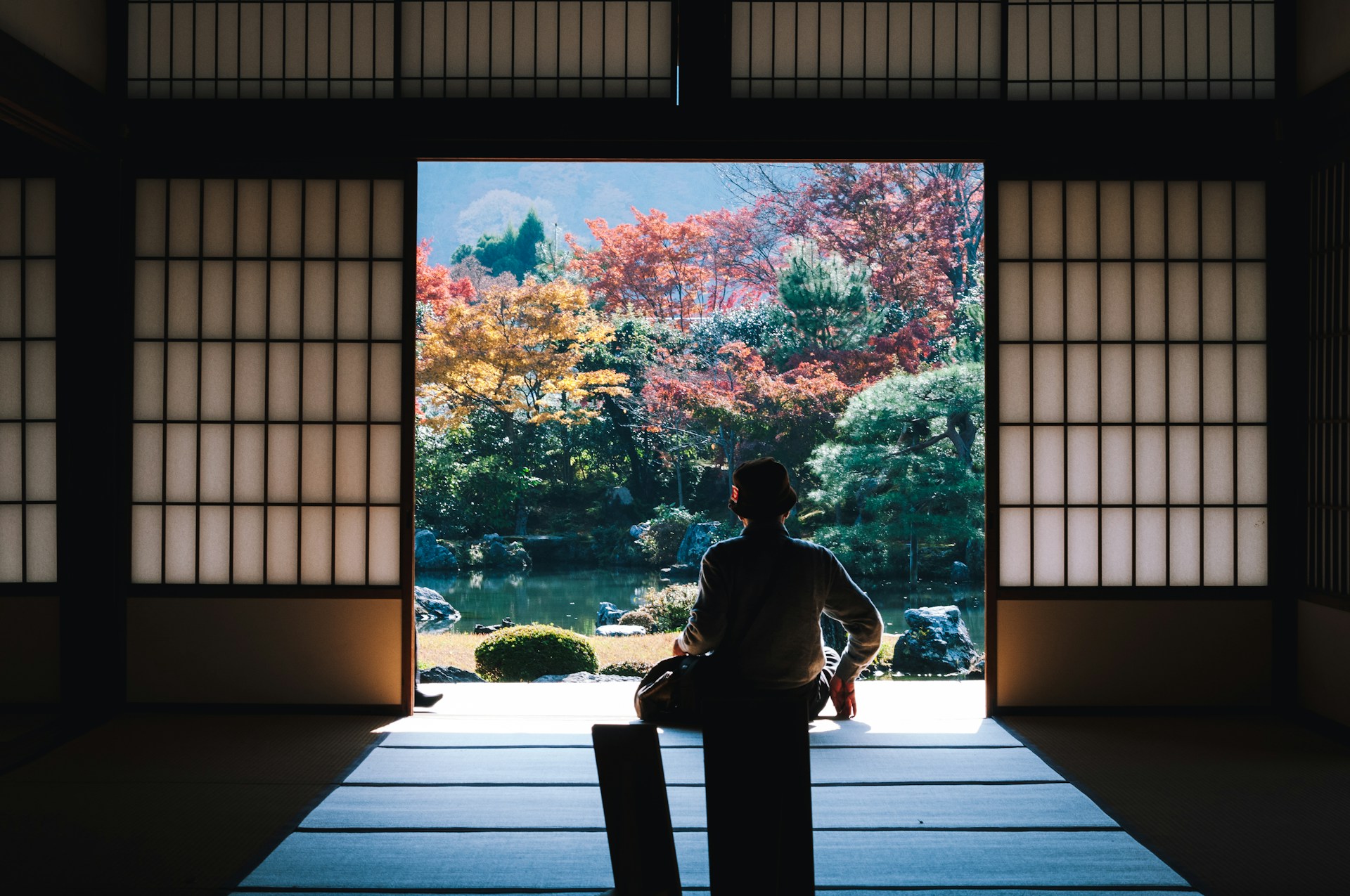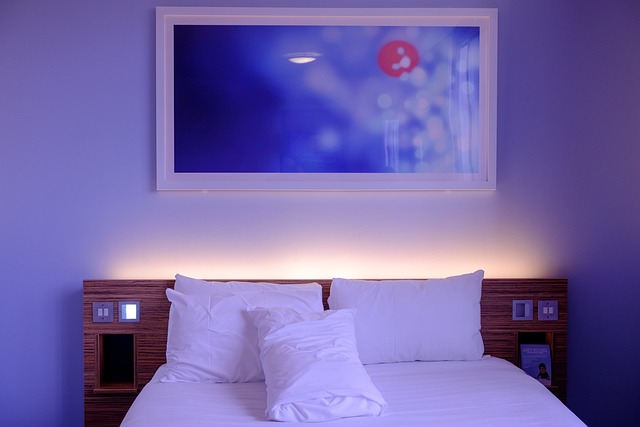Planning a trip to Japan in 2025? Knowing how much things cost will help you avoid surprises. Japan can fit almost any budget—from backpackers staying in capsule hotels to travelers booking luxury ryokans. This guide breaks down the main expenses you should expect: accommodation, food, transportation, sightseeing, and shopping.
Overview of Japan Travel Costs
In 2023, the average expenditure per foreign visitor was 212,193 yen (approximately $1,450) for an average trip length of 9 nights. For 2024, the estimated spending per visitor includes:
According to the Japan Tourism Agency, the average foreign visitor in 2023 spent 212,193 yen (~$1,450) during a 9-night stay. For 2024, the breakdown per traveler looked like this:
- Accommodation: ~77,000 yen
- Shopping: ~66,000 yen
- Food and Drinks: ~49,000 yen
These three categories make up most of the spending.
As a rule of thumb, set aside at least 20,000 yen ($150) per person per day to cover essentials. Here’s what you can expect on a daily basis:
- Accommodation: 5,000–50,000 yen ($35–$350) per night, depending on the type of lodging and location.
- Food and Drinks: 2,000–100,000 yen ($14–$700) per day, based on your dining preferences.
- Transportation: 1,000–10,000 yen ($7–$70) per day, depending on your mode of travel and distance covered.
- Shopping & Sightseeing: from 2,000 yen ($14)
A typical one-week trip comes to 200,000–350,000 yen ($1,500–$2,500) per person, not including flights.
Let’s now explore each category in detail to help you plan your trip more effectively.
Accommodation Costs in Japan
Japan has accommodation options for every budget. And yes, the rumors are true—even the cheaper ones are known for their cleanliness, safety, and attention to detail. Here’s a breakdown of what you can expect:
Hostels
Dorm beds cost around ¥1,500–¥6,000 ($10–$40) per night. Hostels are popular with budget-conscious and social travelers, offering shared kitchens, lounges, and a chance to meet other visitors.
👉 In my experience, if you’re traveling solo and looking for friends along the way, hostels are one of the best choices in Japan.
Capsule Hotels
Compact pod-style rooms start at ¥2,000–¥5,000 ($14–$35) per night. They are small but functional, often equipped with USB chargers and reading lights. Bathrooms and lounges are shared, and most locations are near major train stations—perfect for short stays.
👉 They’re fun and novel at first, but after about three nights I started to feel a bit worn out from the tiny space.
Business Hotels
Compact yet functional, these rooms typically range from ¥5,000–¥15,000 ($35–$70) per night. Chains like APA Hotel and Toyoko Inn are well-known for clean, practical rooms, free Wi-Fi, and convenient locations. Many also provide breakfast and laundry services, making them great value.
Minshuku (Family Guesthouses)
Prices range from ¥5,000–¥20,000 ($35–$140) per night. These family-run inns usually feature tatami rooms and futons, along with home-cooked meals made from local ingredients. A stay at a minshuku gives you a warm cultural experience.
👉 If you want to experience everyday life in the Japanese countryside, a minshuku is the perfect choice.
Luxury Hotels & Ryokans
Luxury stays start at around ¥30,000 ($210) per night, while high-end ryokans or city hotels can cost ¥200,000–¥300,000 ($1,400–$2,100) per night or more, depending on the location, season, and room types. Ryokans offer a unique cultural experience, often including multi-course kaiseki meals and access to private onsen (hot springs).
Which Option Is Right for You?
- Budget travelers: Hostels are the cheapest choice, so they work best as your base. Add a few capsule hotel nights just for the fun of it, and book a business hotel for your first night—you’ll be glad to have a private room after a long flight. When you need a break from socializing, switch to a business hotel or capsule for some quiet.
- Social travelers: Hostels make it easy to meet fellow travelers. And if you choose a countryside minshuku run by a chatty family, you might enjoy the kind of warmth and conversation you’d never find in a big-city hotel.
- Luxury seekers: Ryokans deliver fine dining, onsen, and personalized service.
- Cultural enthusiasts: Minshuku give you a taste of everyday Japanese life. If you want something more polished, ryokans offer tradition with a touch of elegance.
- Luxury seekers: Western-style luxury hotels are nice, but you can find them anywhere in the world. Since you’ve come all the way to Japan, try to spend at least a few nights in a ryokan. With gourmet meals, soothing onsen baths, and attentive service, it’s an experience you won’t forget.
For more detailed recommendations, check out these articles:
- Best Hotels & Ryokans in Tokyo, Kyoto, and Osaka
- Japan on a Budget: Affordable Hotels in Tokyo, Kyoto, and Osaka.
Food Costs in Japan
Food is one of the highlights of any trip to Japan. You don’t need a huge budget to eat well—choices range from convenience store snacks to Michelin-starred dining.
Fast Food
Chains like Yoshinoya, Sukiya, and humberger chains like MOS Burger serve filling meals for ¥500–¥1,500 ($3–$10). Convenience stores such as 7-Eleven and Lawson also fall into this category, offering onigiri, sandwiches, and hot snacks that are surprisingly tasty and reliable when you’re on the go.
👉 Great for days when you’re hungry but don’t want to spend time deciding where to eat.
Take-Home Meals
Supermarkets and department store food halls (often in the basement, known as depachika) sell ready-to-eat meals from ¥500–¥3,000 ($3–$20). Bento boxes, sushi packs, and fried foods are common, and you’ll see office workers lining up to grab dinner on the way home. It’s an easy way to try a variety of Japanese dishes without paying restaurant prices.
👉More on this style of eating: Food 101: The Convenient World of Take-Home Meals in Japan.
Casual Dining
At izakayas, ramen shops, or family restaurants, expect to spend ¥1,500–¥4,000 ($10–$30) per meal. These spots are perfect for everyday eating, and you’ll find them everywhere from train stations to shopping districts.
👉 Want to know where to eat out and what to try? See Food 101: Tips for Eating Out and Our Top Picks.
Fine Dining
High-end sushi counters and Michelin restaurants start around ¥10,000 ($70) per person and can reach ¥100,000 ($700) or more. These meals are as much about presentation and atmosphere as the food itself, and they often last several hours.
👉 Fun fact: Tokyo tops the world with 194 Michelin-starred restaurants.
Cities with the most Michelin-starred restaurants
1. Tokyo, Japan – 194 restaurants (251 stars)
2. Paris, France – 123 restaurants (160 stars)
3. Kyoto, Japan – 103 restaurants (134 stars)
4. Osaka, Japan – 95 restaurants (110 stars)
5. London, United Kingdom – 85 (105 stars)
source: Near Far Mag
How Much Should You Budget for Food?
A typical traveler spends around ¥10,000 ($70) per day on meals, including three regular meals and the occasional snack. Of course, mixing convenience-store bento with the occasional splurge meal can bring the average down.
Saving Tips:
- Grab a bento box at convenience stores or train stations.
- Try set meals (teishoku) at small family restaurants.
- Mix casual dining with one or two splurge meals to balance your budget.
Transportation Costs in Japan
Japan’s transportation system is famous for being clean, safe, and on time. Prices vary depending on whether you’re moving around the city or traveling across the country.
Local Travel
Metro and bus fares usually range from ¥200–¥500 ($1.50–$3.50) per ride. Get an prepaid IC cards like Suica and Pasmo. It makes it simple—you just tap and go, and you can even use them at vending machines and convenience stores.

Day Passes
If you plan to hop around sightseeing spots, day passes are convenient. A Tokyo Metro 24-hour ticket costs ¥700 ($5), while broader passes covering Toei lines, JR lines and buses cost around ¥1,600 ($11). These quickly pay off if you ride more than a few times in a day.
Taxis & Ride-Sharing
Starting fares are ¥500–¥700 ($3.50–$5), with a 3 km ride around ¥1,100 ($8). A 10 km trip can be ¥3,500 ($24). Uber is available but charges about the same as regular taxis.
👉 Taxis are spotless and drivers are polite, but your wallet won’t thank you if you use them too often.
Long-Distance Travel
- Shinkansen (Bullet Trains): A one-way Tokyo–Kyoto ticket costs about ¥14,000 ($100).
- Japan Rail Pass: At ¥40,000 ($280) for 7 days, it’s ideal if you’re visiting multiple cities.
- Highway Buses: Fares range from ¥4,000–¥15,000 ($28–$105), and overnight buses save you a hotel night.
- Flights: Budget airlines often beat train prices for longer distances, like Tokyo–Okinawa.
- Car Rentals: Start at ¥5,000 ($35) per day, but fuel and tolls add up quickly.
Saving Tips
- Use IC cards or day passes for easy, cheaper city travel.
- For long trips, rail passes are a great deal if you plan ahead.
- Night buses are the ultimate budget hack—cheap, and you don’t pay for a hotel that night.
Need more details? Our post How to Get Around in Japan Like a Local covers all the options with practical tips.
Sightseeing & Activity Costs
Japan offers plenty to see, from ancient temples to futuristic attractions. Some are free, while others charge admission. Here’s what to expect:
Temples & Shrines
Many are free, but popular spots sometimes charge ¥500–¥1,000 ($3–$7). For example, Kyoto’s Kinkaku-ji (Golden Pavilion) costs ¥500.
👉 My tip: the most memorable shrines are often the ones you stumble across while walking, not the famous ones packed with tourists.
Museums
Entry fees range from ¥500–¥2,500 ($3–$20), though some special exhibitions cost more.
👉 Personal recommendation: the National Museum of Nature and Science in Tokyo, the digital art wonder teamLab Borderless, and the gorgeous Ōtsuka Museum of Art in Tokushima.
Landmarks
From the free Shibuya Scramble Crossing to the Tokyo Tower (¥1,200 Main Deck / ¥3,300 Top Deck) and the towering Tokyo Skytree (¥3,400 / $24), Japan’s landmarks range from street-level chaos to sweeping skyline views.
Theme Parks
Major parks like Tokyo Disneyland and Universal Studios Japan charge about ¥10,000 ($70) per person, giving you a full day of rides, shows, and long lines worth the wait.
Cost by Travel Style
Everyone’s budget looks different, so here’s what a day in Japan might cost depending on your style:
Budget Travel (¥7,000–¥10,000 / $50–$70 per day)
Stay in hostels or capsule hotels (about ¥5,000), eat convenience store meals and fast food (¥2,000–¥3,000), and use metro passes for transport (around ¥1,000).
👉 If you’re fine skipping luxuries, this is enough to eat well, sleep comfortably, and see plenty.
Mid-Range Travel (¥15,000–¥30,000 / $100–$200 per day)
Choose business hotels or budget Airbnbs (around ¥10,000), dine at casual restaurants with an occasional splurge (¥5,000), and combine city passes with regional trains (¥2,000+).
👉 This is the sweet spot for most travelers: comfort without breaking the bank.
Luxury Travel (¥50,000+ / $350+ per day)
Book high-end hotels or ryokans (¥20,000 and up), enjoy fine dining (¥20,000), ride the shinkansen or use private transport (¥5,000), and join premium tours (¥5,000).
👉 Western-style hotels are fine, but since you’re here, at least a few nights in a ryokan will give you the true luxury Japan experience.
Example Budget for a One-Week Trip
Here’s how a mid-range traveler might spend money over 7 days in Japan:
- Day 1: Arrive tired—check into a business hotel (¥15,000), grab a casual dinner at an izakaya (¥2,000), and use the metro (~¥1,000).
- Day 2–3: Explore Tokyo with day passes (¥1,600 each), stay in a capsule hotel (¥5,000), eat ramen and street food (¥3,000 per day), and visit Skytree or teamLab (¥3,500).
- Day 4: Take the shinkansen to Kyoto (¥14,000), check into a budget hotel (¥10,000), and enjoy Kyoto-style dining (~¥5,000).
- Day 5: Spend the day sightseeing temples and shrines (¥1,000), buy souvenirs (¥5,000), and have a casual dinner (~¥2,500).
- Day 6: Splurge on a ryokan stay with kaiseki dinner and onsen (~¥30,000–¥40,000).
- Day 7: Return trip with local transport (¥2,000) and last-minute shopping (¥10,000).
Total for 7 days: around ¥340,000 ($2,400–$2,500) per person, excluding flights.
👉 This breakdown shows how combining budget days with one or two splurges keeps costs balanced without missing out on special experiences.
Tips for Save Money on Your Japan Trip
Traveling in Japan doesn’t have to break the bank. A few smart choices can stretch your budget without cutting the fun:
- Travel off-season: Winter (except New Year) and summer mean cheaper hotels and flights.
👉 For more insights into seasonal travel, check out our guide: When Is the Best Time to Visit Japan? A Seasonal Guide for Travelers. - Book in Advance: Rail passes, flights, and hotels are usually cheaper if you lock them in early.
👉 See also: How to Plan a Trip to Japan: Itinerary Tips - Use Discount Passes: Regional train passes and day passes pay for themselves quickly.
- Eat smart: Mix bento from department stores and fast food with occasional sit-down meals.
- Enjoy free attractions: Parks, shrines, and even the famous Shibuya Crossing don’t cost a yen.
- Order souvenirs online: Skip extra shopping trips and save on transport by buying gifts directly on Amazon. See our guide: Best Souvenirs From Japan: Unique Gifts & Where to Buy.
ave where you can, splurge where it counts—that’s the secret to a satisfying Japan trip.
Conclusion & Key Takeaways
Traveling in Japan can be as affordable or as luxurious as you want. With a little planning, you’ll know where to save and where to splurge.
Key takeaways:
- Budget around ¥20,000 ($140) per person per day for a balanced trip.
- A one-week stay usually costs ¥210,000–¥350,000 ($1,500–$2,500) per person, not including flights.
- Use passes, stay in budget hotels when needed, and save room in your budget for a ryokan night or a special meal.
👉 Whether you’re eating ramen from a convenience store, soaking in a ryokan onsen, or gazing at the Tokyo skyline, Japan rewards travelers who balance costs smartly.


